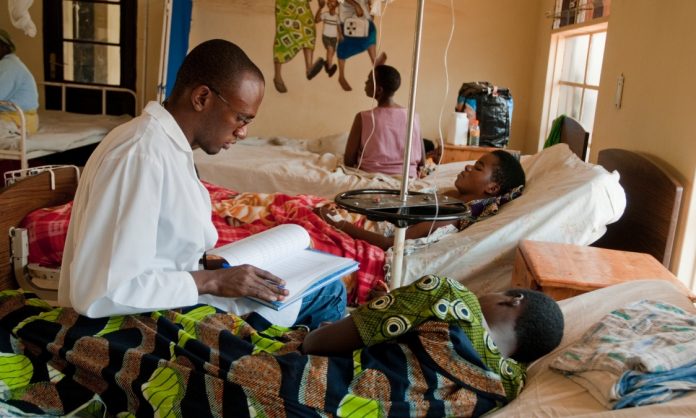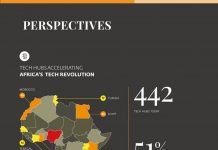A diverse set of forces, including favorable economic factors, a supportive regulatory environment, and a high disease burden, will place Kenya and Rwanda among the most attractive countries in East Africa for medical tourism, according to Frost & Sullivan, a growth strategies firm catering to global companies, emerging businesses and the investment community worldwide.
Health care, the firm says, is regarded as the fourth-most attractive investment sector in Africa. Overall, however, hassle-free regulations in terms of setting up and running a business make East Africa the most attractive African market.
In new research, titled, “Health care System Development in Kenya and Rwanda,” Frost & Sullivan analyzes the Kenyan and Rwandan health care landscape, market outlook, and investment and growth opportunities, and concludes that the consolidation of the rising middle class and heightened healthcare awareness will drive up per capita healthcare expenditure and provide lucrative private-sector opportunities within these markets. The public-private partnership model will come under the spotlight as a potential funding solution, it says.
About 60 percent of the all pregnancies in Kenya currently are handled by the private sector. Rwanda’s per capita total expenditure on health has increased by more than 500 percent between 2000 and 2012. And while the number of health facilities has increased over the past decade, some 40 percent of patients still travel more than 5 kilometers to reach the closest health facility.
As the East African economy continues to grow and the population has more disposable income to afford better healthcare, the demand for specialized healthcare services will increase, Frost & Sullivan predicts. Opportunities lie in inpatient and outpatient care, preventative care, and diagnostic services; antiretroviral therapy and point-of-care testing; HIV advice and treatment centers, particularly in Kenya; and in health insurance.
At present, the lack of skilled resources—as reflected by the low health worker density of 0.84 per 1000 people in Rwanda and 1.3 per 1000 people in Kenya—as well as inadequate infrastructure, the need for capital investment, and high construction costs hamper the availability of specialist care and high-end technologies in both countries.
“A greater level of investment into infrastructure and the latest technologies, along with the ability to attract skilled healthcare personnel, will be vital for market success,” says Frost & Sullivan Healthcare Research Analyst Saravanan Thangaraj. “Kenya and Rwanda are therefore focusing tremendously on the development of these areas. Both countries, however, are relying on external funding to boost the development of the healthcare sector.”
As they compete to become East Africa’s medical tourism hub, these countries will see enhanced interest from private sector participants to construct hospitals. Higher domestic and external investment is expected in these markets due to macroeconomic stability, market-friendly reforms, and the successful debut Eurobond issuance in Kenya.
To expedite the development of the healthcare industry, Frost & Sullivan counsels, providers must digitalize their services and adopt technologies such as e-health, m-health and telemedicine by leveraging the improved ICT infrastructure and mobile penetration rates, which stood at 74 percent in Kenya and 73 percent in Rwanda in 2013. Empowered with ICT technologies, healthcare providers in these countries will be able to attract more medical tourists and enable better prevention, diagnosis and treatment of diseases.
“Furthermore, healthcare players looking to invest in Kenya and Rwanda need to implement carefully-designed strategies to fend off the competition from poor-quality, counterfeit products,” Thangaraj points out. “As the uptake of capital equipment is limited in these price-sensitive markets, medical device manufacturers and distributors should consider a business model that incorporates contracts for the purchase of consumables and technical or maintenance services.”













